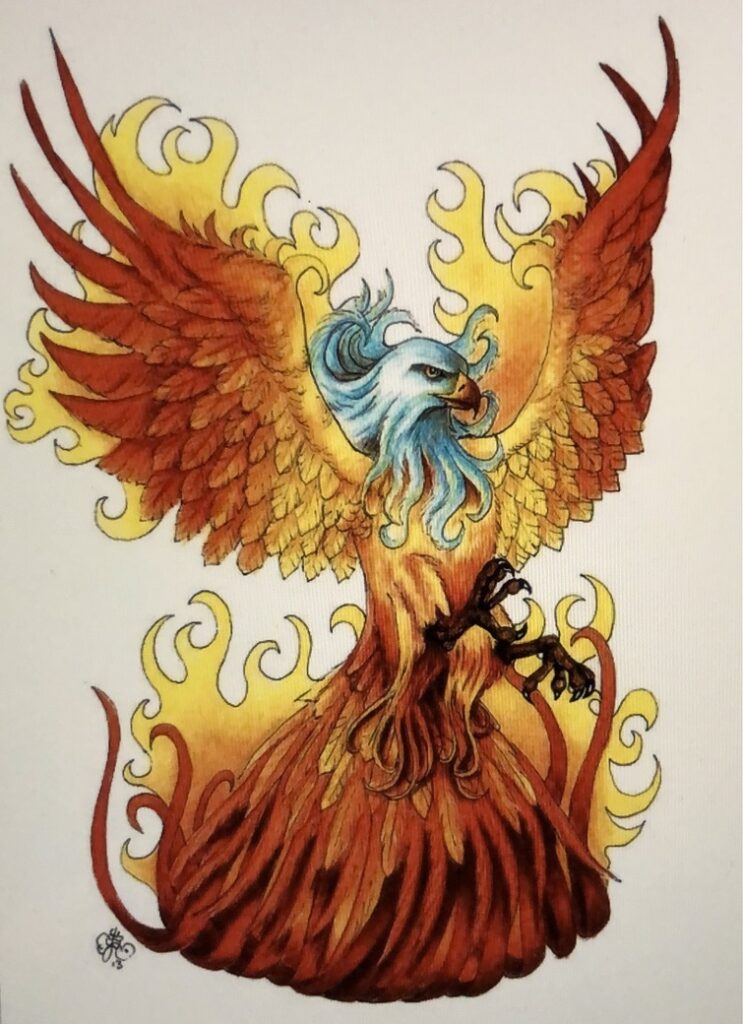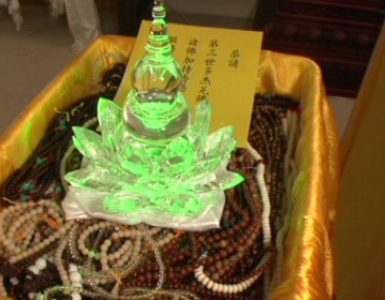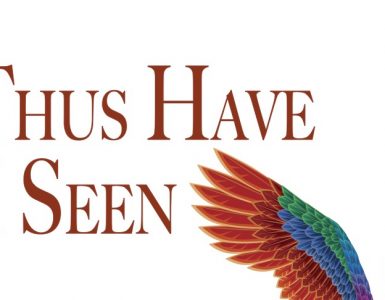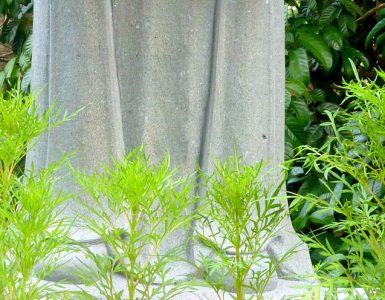
In classical Greco-Roman (western) mythology, the phoenix is a large elegant bird like an eagle or peacock that lives for five to six centuries in the Arabian dessert, and after living this time, self-cremates, burning itself to death. It builds its own funeral pyre or nest and ignites it with a single clap of its wings. After death it rises gloriously from the ashes with renewed youth to fly away and live though another such cycle. The Chinese considered the immortal phoenix to be the queen of all birds and believed that it lived in Paradise. It is endowed with all of the magical qualities of auspiciousness, longevity, and resurrection.





Add comment